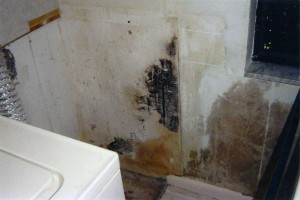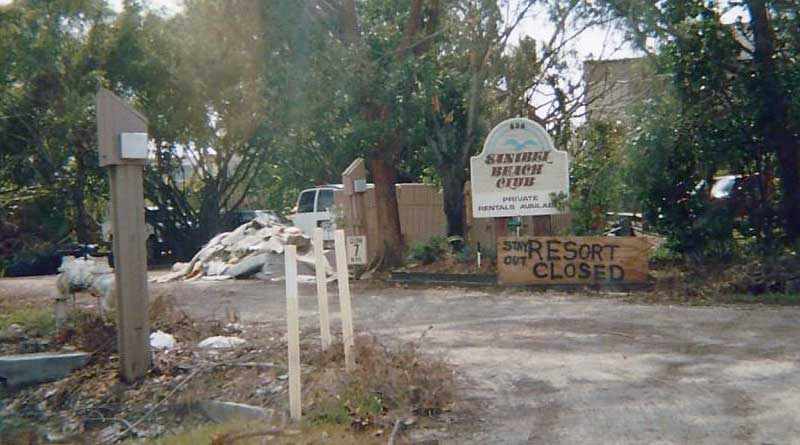Are You Covered? Strategies for Insurance Renewal
When timeshare resorts buy insurance coverage, the way they’re treated reminds me of the fable about the blind men and the elephant. The blind men each try to determine what the elephant is by feeling different body parts. The one who feels a leg says the elephant is like a pillar; the one who feels the tail says the elephant is like a rope; and so on. Their perceptions are correct, yet they’re missing important truths.

Some insurance agents perceive that a timeshare resort is like condominium, another may see it as a hotel. “Timeshare has long been a bit of a foster child to insurers,” says Desmond (Des) Armstrong, president and CEO of Armstrong Company Insurance Consultants. “It’s getting better today as more underwriters have become aware of how timeshare resorts operate and the coverages that are needed.” To illustrate his point, Armstrong relates the tale of a resort he called on that had a condominium policy. After reviewing the policy, he determined that the contents of the units weren’t covered, which could have been, well, a disaster if there had been an actual disaster.
To avoid such a situation, Armstrong recommends working with an agent who is familiar with the timeshare industry, and having an in-depth conversation that covers every facet of your operations. “Make sure they’re looking at all the coverages that you need, and don’t make cost the No. 1 consideration,” he says. “If a board is trying to save money, they may not realize what they’re not getting or may choose to go with less coverage. There’s no long-term advantage in going that route.”
Prepping for Renewal
For Scott McGuiness, vice president of commercial sales at Gregory & Appel Insurance, the conversation begins before he even visits a resort. “I get on the Internet and look at their website, activities and amenities,” he says. “I try to learn as much as I can about the property. I even visit TripAdvisor and read the reviews. The more you know, the more competitive you can be.”
He’ll then consult with the property manager, board members and/or property management company to review the ages of the buildings and the amenities. Finally, an on-site visit allows him to see first-hand how the property operates and if any changes are in order. “I can then make recommendations and determine their willingness to make changes,” McGuiness says.

For example, he might point out the need for depth markers alongside a pool.
To ensure you’re getting the best deal possible, begin the renewal process at least 90 to 120 days prior to your policy’s expiration date, advises Lorena Hatfield, marketing manager for K & K Insurance. “Putting together all needed information, such as a five-year database of claims information, payroll, sales numbers and financial reports,” she says. “This will allow your agent to provide you with an accurate quote.”
Armstrong also recommends that resorts be appraised every three years to insure there is enough coverage in place.
Now that you’re ready to talk, here are some items to consider:

- Setting deductibles: “An agent can work with a resort to analyze risk retention capabilities and consider higher deductibles to help reduce premium costs,” Hatfield says. Your calculations should look at the long-term effects of higher deductibles because the amount saved on premium can be cancelled out by just a few claims.
- Understand how deductibles will be applied, advises McGuiness. For earthquake and hurricane insurance, the deductible may be applied to the amount of coverage, as in 5 percent of the limit. It can be even more complicated if there are multiple buildings, as the deductible may be applied to each building. “You have to ask the questions to determine if it’s per building, cap or aggregate.”
- Business Interruption Insurance is an area where it definitely pays to have an agent who understands the timeshare industry. “This coverage is designed to replace lost revenue,” McGuiness says. “If maintenance fees were paid in January and you have a fire in July, insurance carrier could say you didn’t lose any revenue. They may not recognize that you have to reimburse fees or find owners alternate accommodations. You can lose an owner if they can’t use their week. Make sure your carrier will reimburse this type of loss.”
- Boiler and Machinery Coverage insures your resort against equipment breakdown, and can pay to repair of nearly any type of equipment, ranging from HVAC systems to photocopiers and computers. “This is a separate endorsement that’s often overlooked,” McGuiness says.
- Employment Law Claims can result in huge pay-outs. “We’ve seen a lot of big claims are in the employment law area,” Armstrong says. “Employment practices liability insurance is need to protect against them.” These would include such areas as age or racial discrimination, wrongful termination, harassment and other employment-related issues, such as breach of contract.
- Cyberliability coverage protects in the case of breaches in computer systems. “HOAs have the personal info of alot of people on hand,” McGuiness says. “It can be a nightmare and very expensive for a resort if that information is compromised. Many resorts have yet to purchase this coverage.”
- Umbrella policies, McGuiness says, should be considered as a way to add more coverage, not as a way to save money. “If your auto liability has a general liability limit of $1 million, your umbrella policy could cover the next $4 million in case of a very serious accident.” By the way, he says, even resorts that don’t have their own vehicles should have a policy in place to cover employees who are using their vehicle for resort business. Also, Armstrong advises that resorts take care to have the umbrella policy include the directors and officers’ coverage.
- An Ounce of prevention may be the best way to save on insurance premiums. “Resorts can reduce their insurance costs by taking proactive measures that may seem simple, but are often overlooked,” Hatfield says. “Simple maintenance goes a long way in reducing liability claims; walk your resort every day and make note of pot holes in parking lots or walk ways, dying tree limbs that should be trimmed, dimly lit public areas, loose handrails or uneven stair steps. Take quick action to repair them. Over the long run, fewer claims can impact the cost of coverage in a positive way.”



